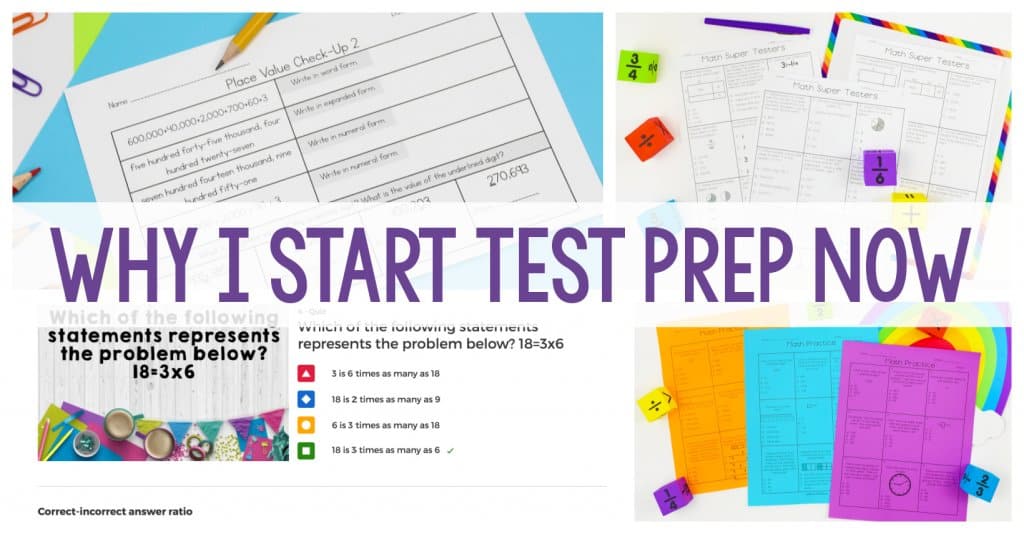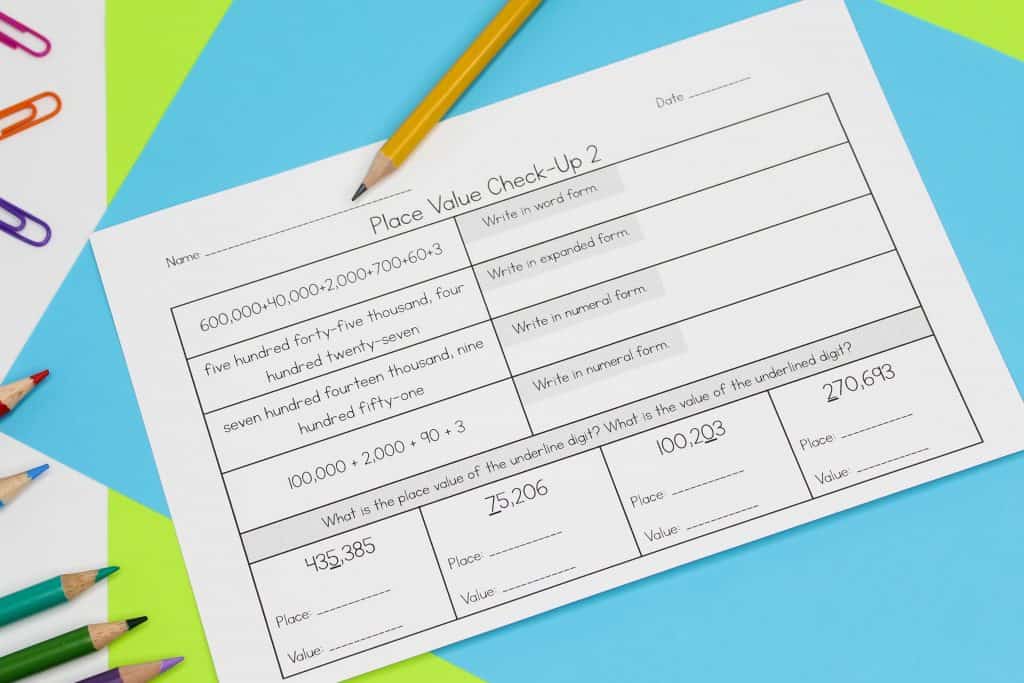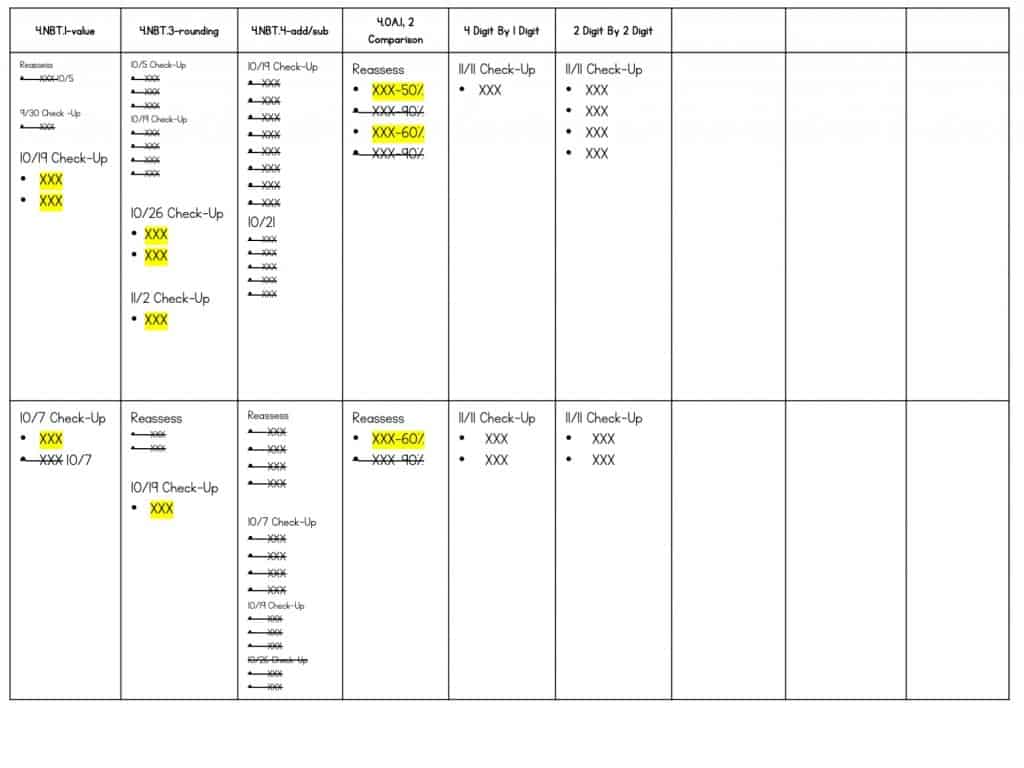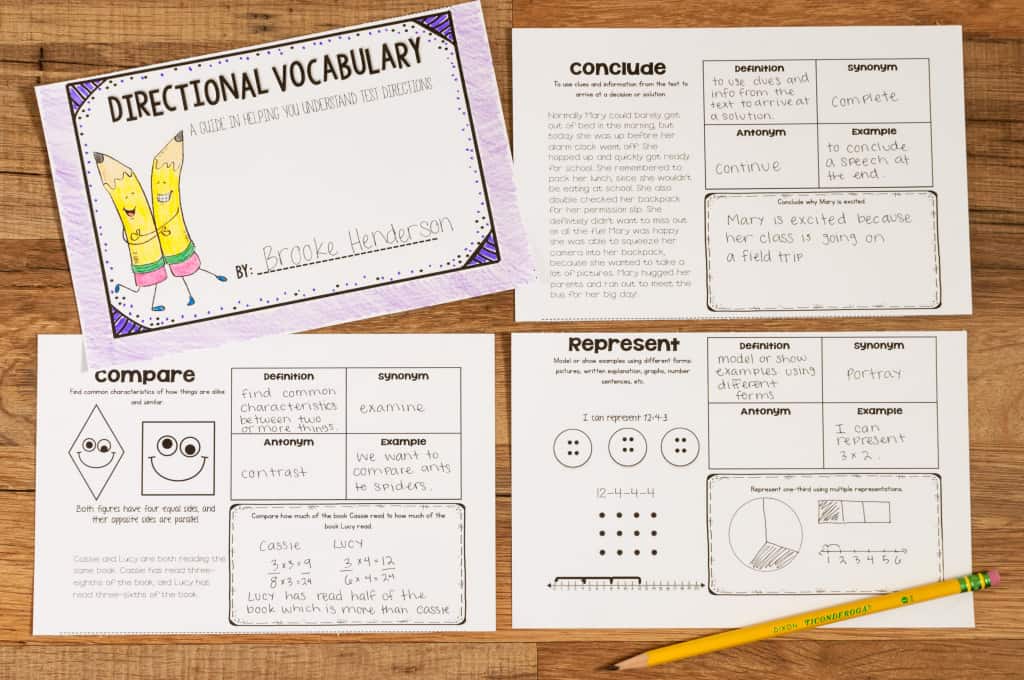Every bone in my body wants to stick my head in the sand and pretend that I don’t have to worry about state testing this year. I don’t want to think about it. At all. I would much rather completely ignore testing, but I wouldn’t be doing anyone any favors.
If I wait until testing season to start thinking about testing, I’ve waited too late. Instead, regardless of my opinions on high-stakes testing, the time to start preparing is now.
We all know that the absolute BEST test prep is high quality instruction. It doesn’t matter what amazing test prep strategy, game, data collection method, or anything else we have….if we don’t provide sound instruction all year long, our students will not be prepared.
Test prep isn’t (or shouldn’t be) about “drill and kill” or “teaching to the test”. Instead, it’s providing our students with small amounts of intentional review to help new content reach students’ long term memory.
Brain research shows that when students are able to review and practice material over long periods of time, they are more likely able to store and receive that information and content from their long-term memory. This is why it’s so important to add spiral review into your instruction. I wrote a blog post on teaching for long-term memory, and it’s one of my favorites! You can find it here.
I used to incorporate spiral review with my morning work, homework, and classwork, but it became too much. I would either use too many minutes of my instructional time going over each of the spiral reviews, or I would skip the most important part of the review-feedback. Fortunately, I finally found a method that works for me.
I switched my morning work to a number sense activity, which you can read about here. Students’ homework is digital and provides instant feedback on each problem. In class, once a week students complete a multiple choice spiral review. I like to start incorporating this review at the beginning of the year to give myself time to actually reteach content as needed.
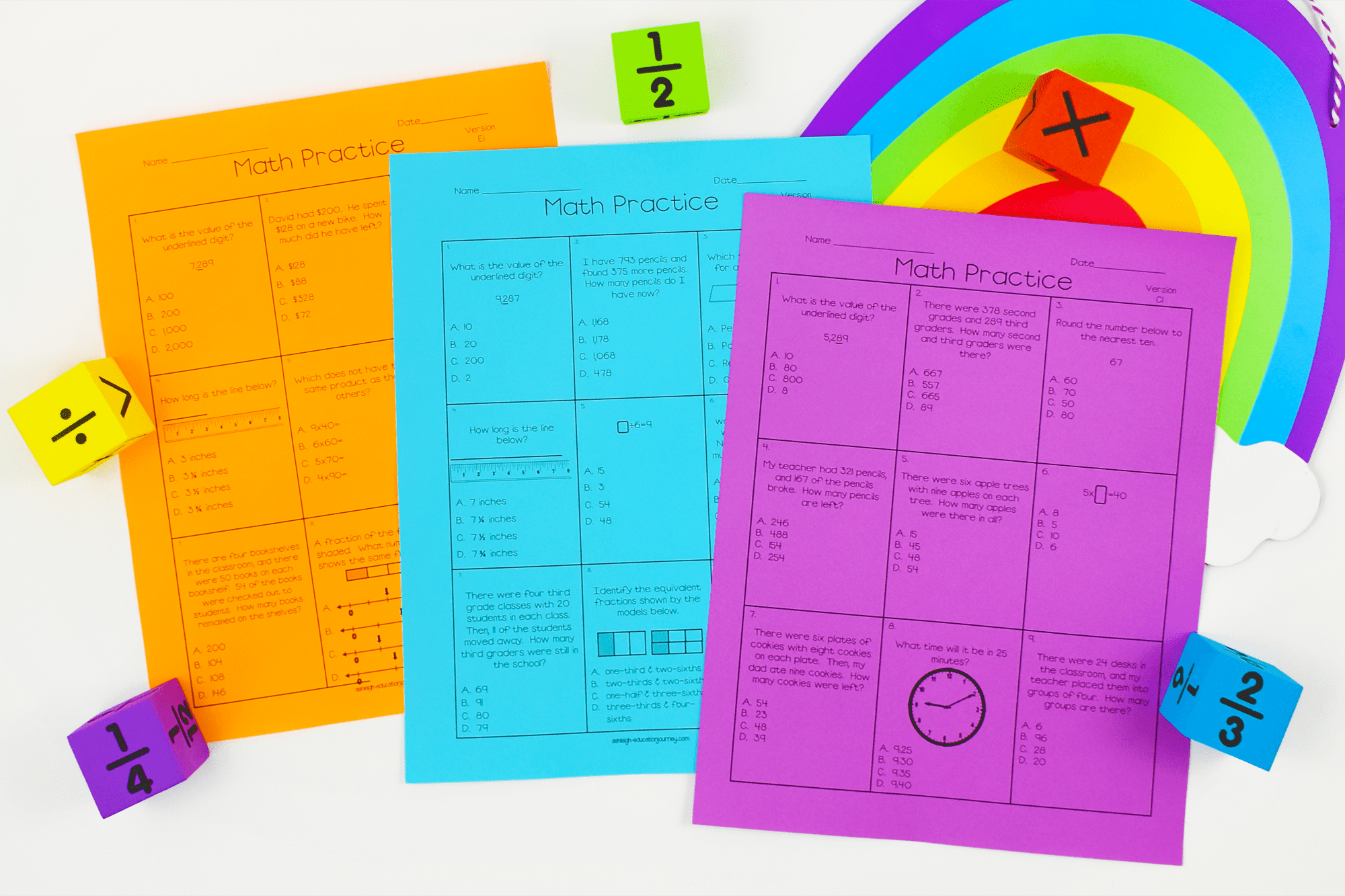
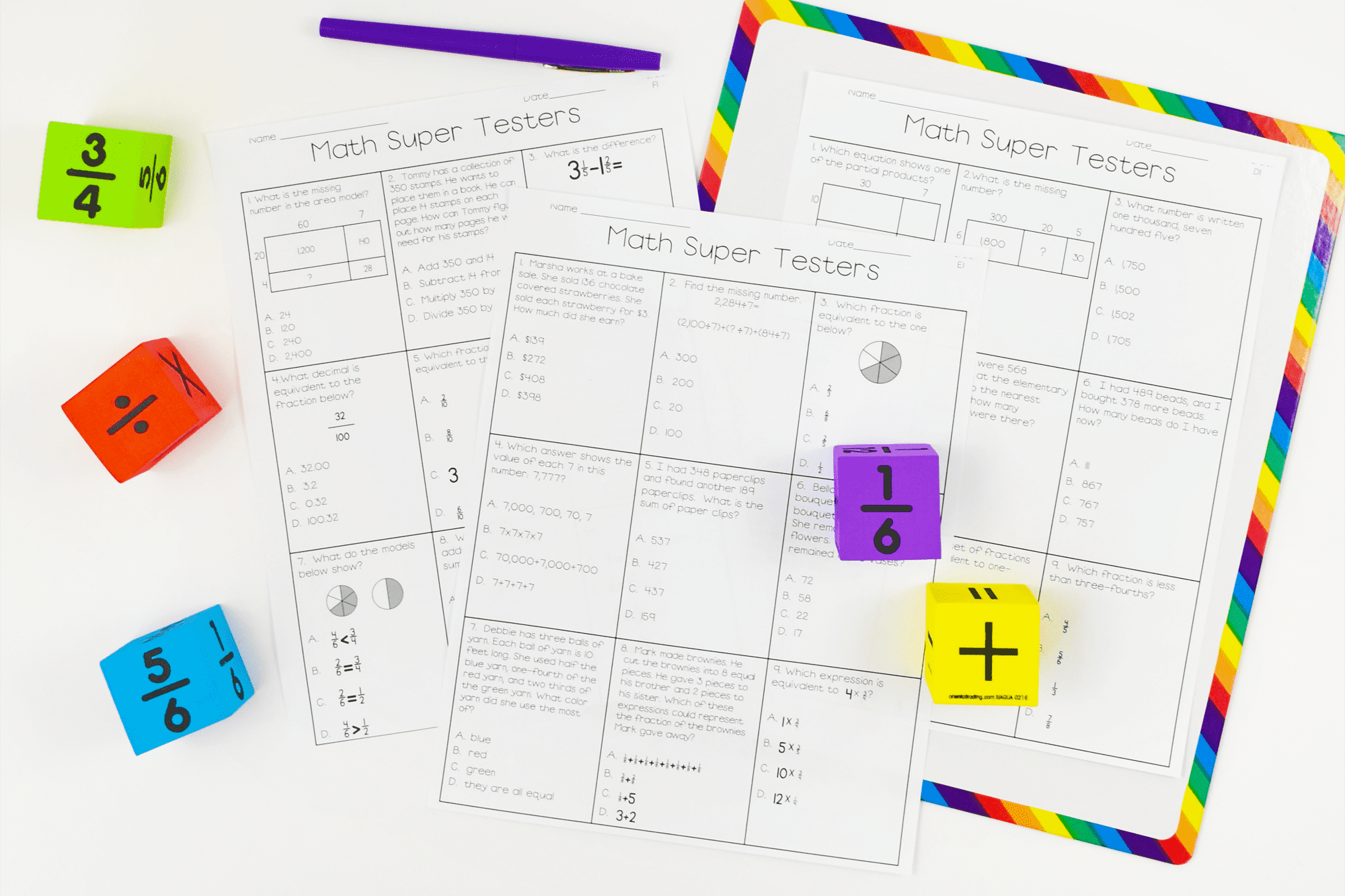
I created different versions that all increase with difficulty and range of questions as the year progresses. You can see the math third grade version here and the math fourth grade version here. You can find the third grade language arts here.
I also made a Kahoot version of the assessments above. My students go crazy for it. They BEG to do a Kahoot review all of the time. The engagement is through the roof. There are links to the Kahoot version in the PDF version of the reviews.
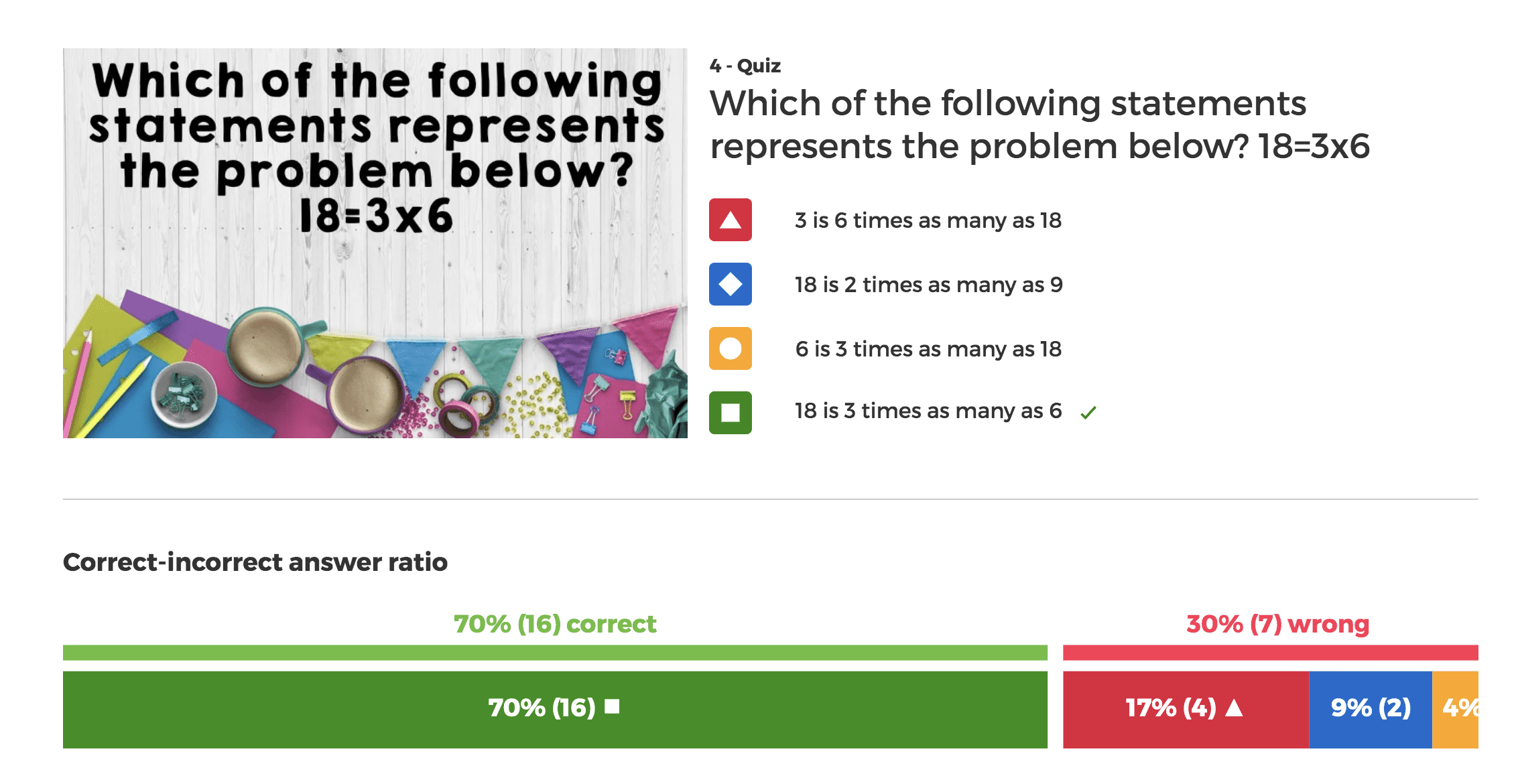
I also consistently use my Math Check-Ups, which are my favorite formative assessment. I don’t know that the check-ups fit into the “test prep” category, but regardless of what category that fall into, they are incredibly valuable. I use the check-ups in place of math exit slips. Rather than giving the assessment at the end of class, I give it at the beginning. This allows me to see who retained the content from the previous day’s lesson. I’ve found that this is much more effective and measuring students’ understanding, because it gives them time to forget. These assessments are very short and should never take students more than 5-10 minutes to complete.
I use the data from the reviews (paper or Kahoot) for my small groups. I never have set in stone small groups, because they need to be flexible and fluid. Once again, there is no right or wrong way to organize groups or record data. You can see below how incredibly chaotic mine looks, but it works!
What is important is that you give students feedback and additional instruction as needed. Practice without guidance and feedback is almost counterproductive, especially if students are practicing a procedure or strategy incorrectly. If we practice something the wrong way over and over again, we permanently engrave the wrong action into our habitual responses. It is important for us to ensure students practice correctly.
While it may not seem like a lot of test prep, starting early in the school year prevents the need to spend large amounts of time on test prep in the spring. Do you have any other strategies that you love?

